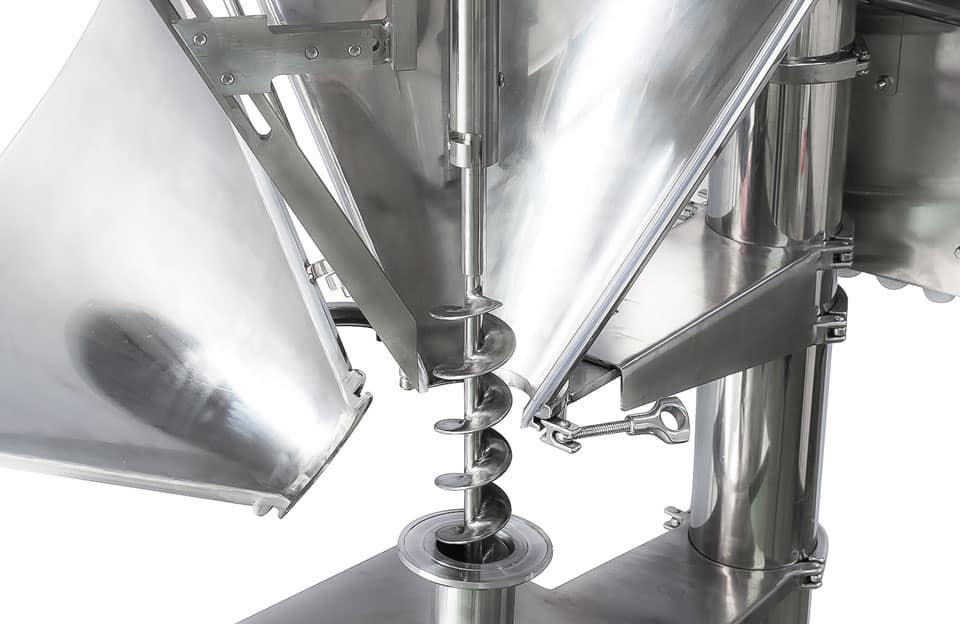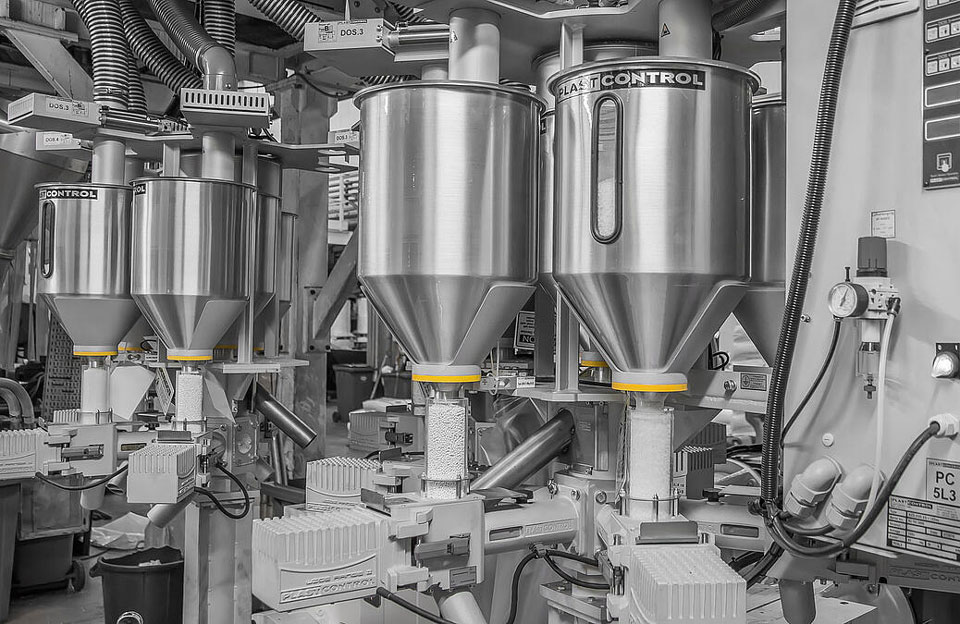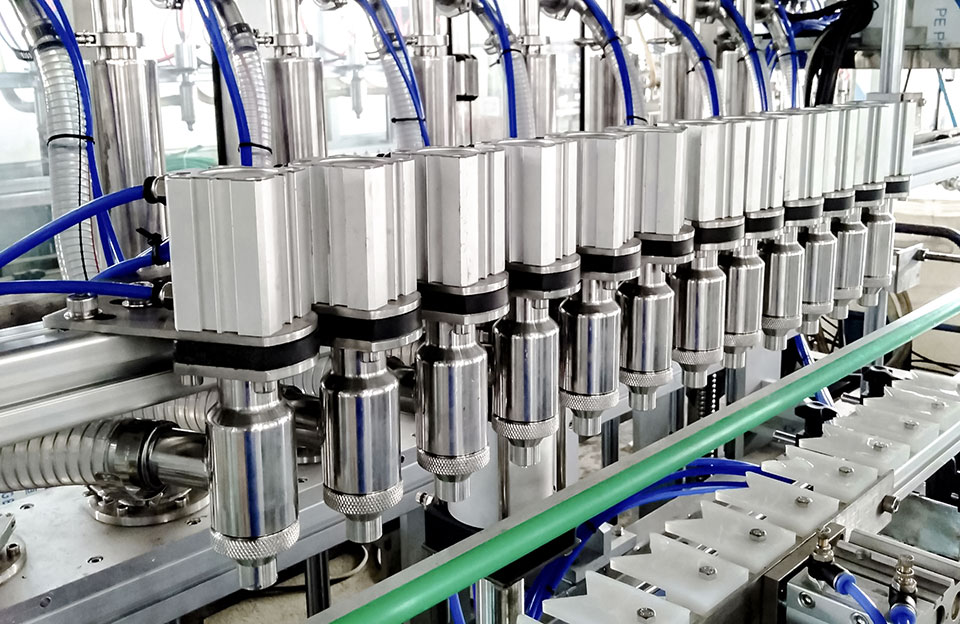Semi-automatic and automatic powder filling machines are professional machines to fill the powder material into containers or packages precisely and efficiently. These machines simplify the powder filling process, offering greater accuracy, speed, and consistency compared to manual methods. They are widely used in pharmaceuticals, food processing, chemicals, and cosmetics.
Both semi-automatic and automatic powder filling machines offer several advantages over manual filling. They significantly increase productivity by reducing human error, increasing filling speed, and minimizing downtime. But the two have some differences regarding the working process and other aspects.
Semi-automatic Powder Filling Machine
The semi-automatic powder filling machine balances manual and automatic operation, combining manual control and machine assistance to simplify the filling process. Semi-automatic powder filling machine is widely used in pharmaceutical, food processing, chemical, cosmetic and other industries.
A semi-automatic powder filling machine usually involves manual container placement and loading of the powder, while the actual filling process is automated. The operator places the container or package in the designated area and loads the powder into the machine’s hopper or tank. The machine takes over, using a precision mechanism to measure and dispense the powder into each container precisely.
Semi-automatic powder filling machines feature user-friendly interfaces, adjustable settings, and digital displays that allow operators to set parameters and monitor the filling process easily. These machines can handle containers of various sizes and shapes, accommodating different fill volumes as required. They are designed to ensure efficient and consistent filling, minimizing human error and improving product quality.
Automatic Powder Filling Machine
Automatic powder filling machines are fully automated and require minimal human intervention during the filling process. It is widely used in pharmaceutical, food processing, chemical and cosmetic industries.
The operation of the automatic powder filling machine involves advanced sensors, precision instruments and computer control. These machines are equipped with mechanisms that handle the entire filling process from start to finish. They handle containers of all types, sizes and fill volumes with high speed and accuracy. Automatic powder filling machines typically feature features such as automatic container feeding, precise powder measurement, and integrated sealing or capping mechanisms.
The process begins by automatically feeding the container or package into the machine. The powder is then measured with precision instruments to ensure accurate filling. The machine typically utilizes augers, vacuum, or gravity-based systems to dispense powder into each container precisely. After filling, the machine can integrate other functions, such as sealing the container or capping, to provide a complete packaging solution.
These machines ensure consistent and precise filling, resulting in uniform product weight and reduced waste. They also help maintain a clean and hygienic environment, minimizing the risk of powder spillage and contamination. In addition, automatic filling machines can be integrated into the production line for seamless synchronous operation with other machinery.
Differences Between Semi-automatic and Automatic Powder Filling Machine
1. Level of Automation:
- Semi-automatic: Semi-automatic powder filling machines require manual intervention for specific tasks such as container placement and powder loading. The filling process is automated, with the machine handling the measurement and dispensing of the powder into containers.
- Automatic: Automatic powder filling machines are fully automated and require minimal human intervention. They can handle tasks such as container feeding, powder measurement, filling, and even additional functions like sealing or capping without manual assistance.
2. Speed and Efficiency:
- Semi-automatic: Semi-automatic machines offer improved efficiency and speed compared to manual methods. They reduce human error and provide more accurate filling, resulting in higher productivity and reduced waste. However, their speed may be limited by the manual tasks involved.
- Automatic: Automatic fillers excel in speed and efficiency. They are capable of high-speed filling operations and can precisely handle large volumes of containers. The level of automation ensures consistent and rapid filling, significantly increasing overall productivity.
3. Cost:
- Semi-automatic: Semi-automatic machines are often more affordable than fully automatic systems. They balance efficiency and cost-effectiveness, making them suitable for smaller-scale operations or businesses with budget constraints.
- Automatic: Automatic machines tend to be more expensive due to their advanced technology, integrated systems, and a higher level of automation. Large-scale production facilities or industries with high-volume filling requirements often favor them.
Conclusion
Semi-automatic powder filling machines increase efficiency over manual methods but have speed and full automation limitations. Automatic powder filling machines are fully automated, requiring minimal human intervention. They excel in speed, efficiency, and precision and are suitable for high-volume filling operations but at a higher cost. The choice between semi-automatic and automatic powder filling machine depends on the industry or business’s specific needs, size, and budget.


